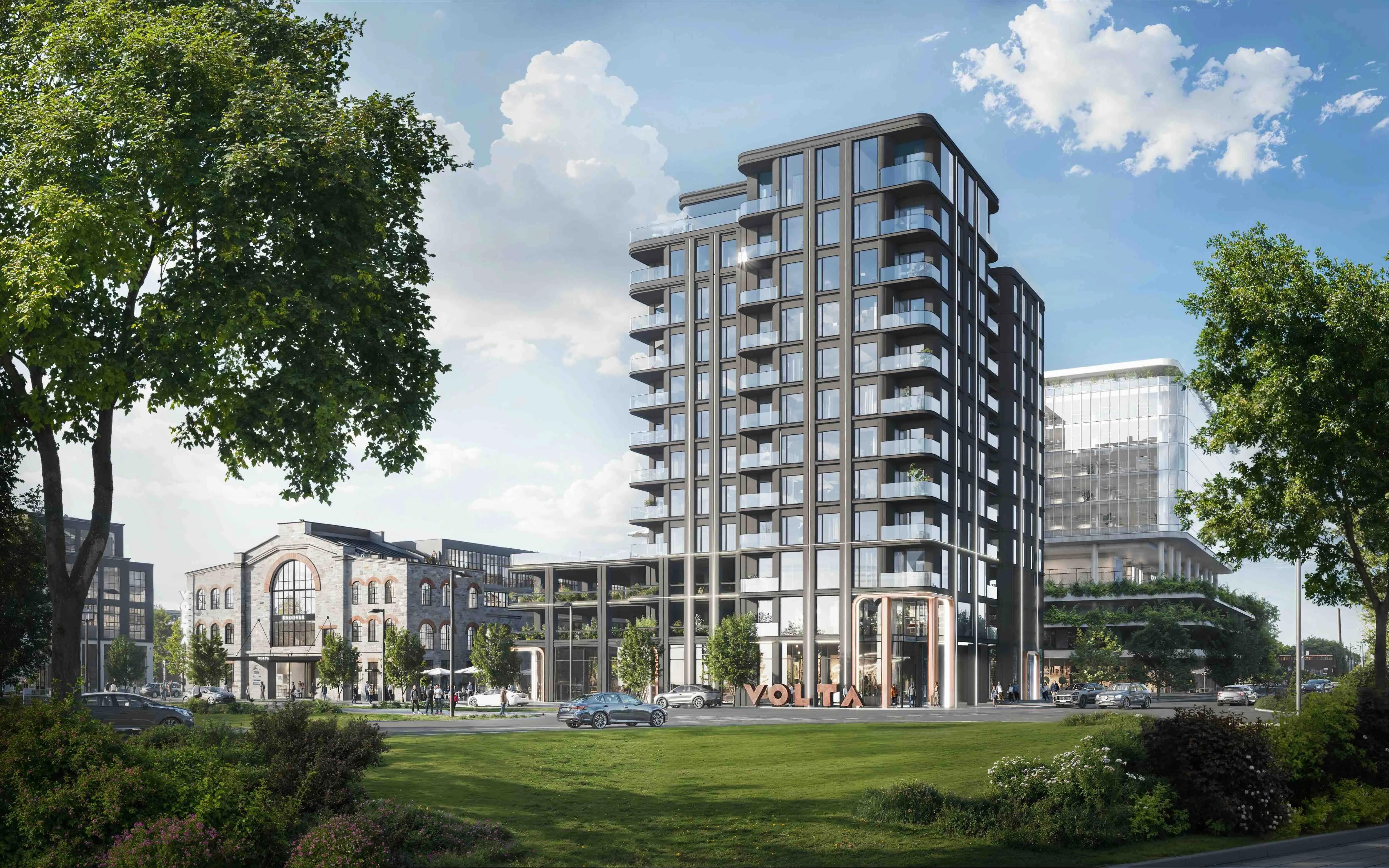Silent Homes Are Making a Triumphal March
_1--web.webp)
Buying a home is usually the largest purchase a person makes in their lifetime, which is why it's important to consider not only the location and layout, but also other factors that affect quality of life. One often-overlooked, yet significantly important aspect for daily well-being is sound insulation.
A well-insulated home provides peace and quiet, and creates a suitable environment for rest, concentration, and everyday well-being. Therefore, home buyers are increasingly paying attention to acoustic solutions, seeking residences where, instead of noise concerns, there is a quiet and peaceful atmosphere.
"Various studies and our own practice confirm that inadequate sound insulation is one of the main factors causing dissatisfaction when purchasing a new home. Poorly insulated homes can damage residents' quality of life for many years," explained Andero Laur, CEO of Liven AS, a company dealing with residential real estate development.
To avoid problems later and ensure residents have as quiet a living environment as possible, acoustic solutions must be addressed from the earliest stage of building design. Developers have begun paying increasingly more attention to this, and in some developments, they collaborate with acoustics experts and implement higher-than-standard sound insulation standards.
One such new development, where acoustic issues have been considered in the building design phase, is the Regati development being built in Pirita by Liven. "What's special about the Regati development is that several future residents will be moving from single-family homes to apartment buildings, and they are more demanding than average home buyers when it comes to noise level changes and acoustic-related issues," said Andero Laur.
In the Regati development, the sound insulation requirements for walls between apartments and suspended ceilings have been set at the same level that is typically required for preventing noise transmission from bars and restaurants. Additionally, special emphasis has been placed on bedrooms, where additional facing walls have been added where necessary to achieve greater sound resistance and ensure residents peaceful and uninterrupted sleep. Carpeting is used on the floors of common corridors, which helps dampen footstep noise and reduce overall background noise in the building.
Marko Ründva, board member of Kajaja Acoustics OÜ, a company providing acoustic consulting, also emphasizes that noise issues must be addressed during the building design phase. "The Regati development is a good example of how both building constructions and sound insulation issues of windows and technical systems have been addressed from the start. Additionally, special traffic noise modeling has been performed, which also takes into account future forecasts, to ensure window sound insulation meets residents' expectations even years down the line."
To ensure sound insulation quality, Kajaja Acoustics OÜ, in cooperation with the development's main contractor Mitt & Perlebach OÜ, conducts acoustic control measurements at various construction stages. This ensures that the set objectives are met and the final result meets the high requirements of clients and the client.
In modern and quality developments, sound insulation design is an important part of home planning. Residents should be able to enjoy their new homes fully, without having to worry about extraneous sounds. Therefore, for people considering buying a home in a new development, it is always reasonable to inquire about what acoustic solutions have been implemented to ensure the best possible living environment.
"Every home buyer should carefully consider what their expectations are for their new home and make their choices accordingly. A quiet home is like a good investment that pays dividends to your health year after year," Andero Laur concluded.




